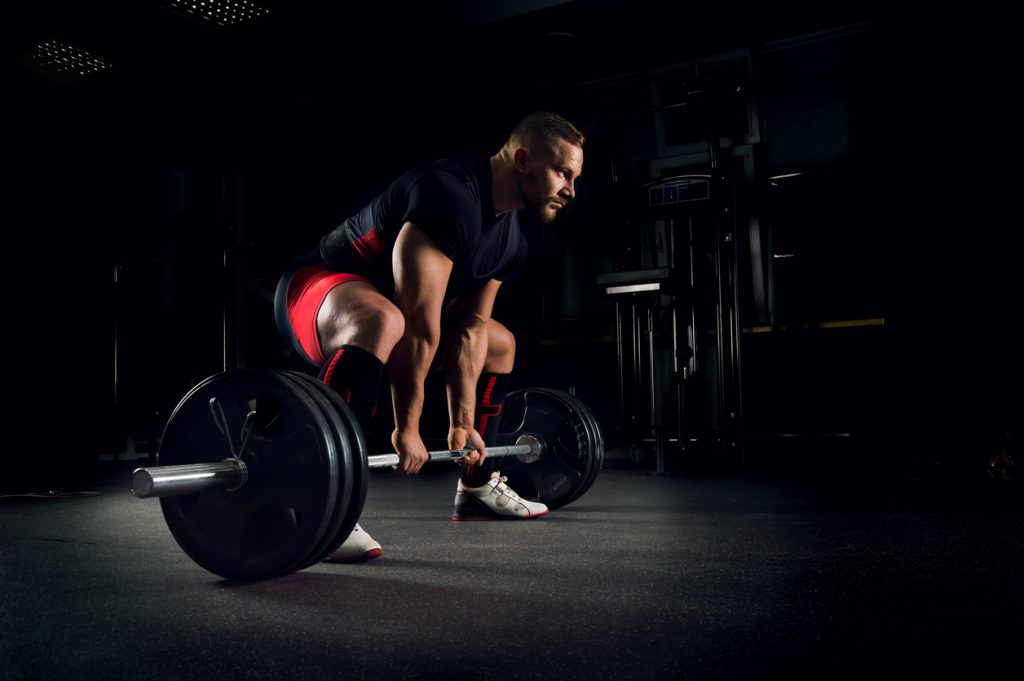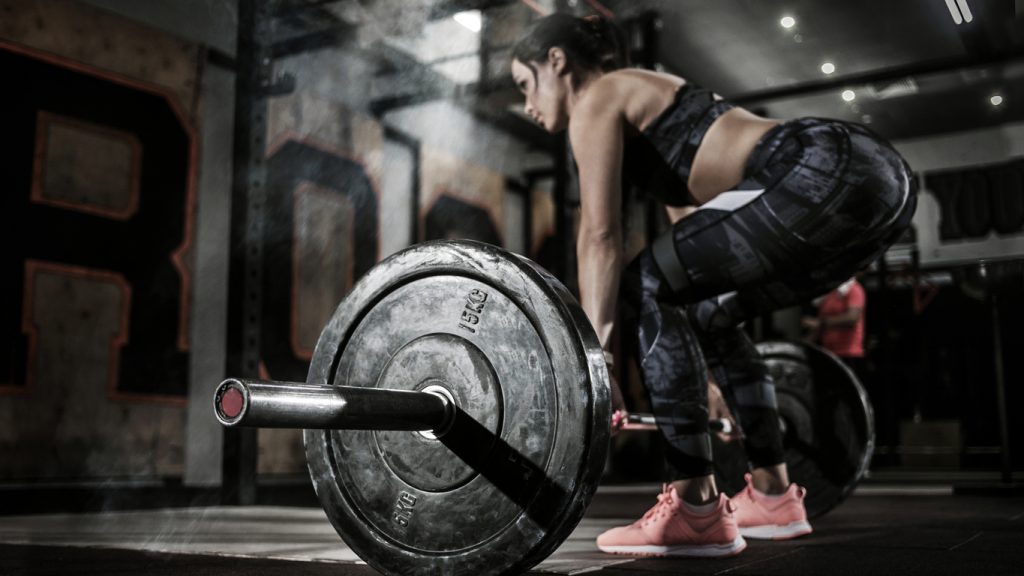Whether you are a beginner, an advanced amateur or a professional, there is a wide selection of strength training exercises to choose from. One of the most popular is the deadlift, commonly known as the deadlift. What is a deadlift? What are its benefits and how do you properly perform this type of polyarticular exercise? The answers are in this article.
The deadlift, what is it ?
Do you want to work and strengthen the major muscle groups in your body? The deadlift is the ideal workout. Translated into English as "deadlift", it is a powerlifting or athletic strength exercise.
Extremely popular with crossfit enthusiasts, the deadlift essentially involves the extension of the hip and the muscles surrounding it. It also includes all bodybuilding exercises that require a certain amount of stability of the chest. This includes lifting from the floor or from the knee.
3 good reasons to do deadlifts
The reason why deadlifts are so popular is because they have proven benefits. Here are just a few of them.
Deadlift, the ultimate functional workout
The deadlift is based on an extremely simple principle: to mobilise the spine efficiently and safely.
Because of the characteristics of these movements, the deadlift naturally falls into the category of so-called "functional" exercises. In other words, you can use the movements and exercises in your daily routine. For example, when you bend over to pick up an object or when you lift an object off the ground.
Many people tend to believe that deadlifting is a risk for people with back problems. Not true! On the contrary, this type of training can protect them from such a pathology.
The ideal workout for working all the muscles in your body
If you really want to work all the muscles in your body, the deadlift is an exercise that you should definitely discover. Any sports coach worth his salt will tell you that.
By "whole body muscles" we mean:
- the buttocks,
- hamstrings,
- back muscles,
- trapezius muscles of the back,
- deep stabilising muscles of the spine,
- deltoids,
- rhomboid muscles,
- the posterior muscles, i. e. at the back of the body,
- the anterior muscles.
Note that the higher you raise your chest, the more muscles in your body will be used, but to different degrees. Here are some concrete examples:
- to maintain the spine, the back muscles must be contracted from the beginning to the end of the exercise;
- an upward movement of the chest causes a strong contraction of the gluteus maximus;
- when you raise your chest, the biceps femoris, the semitendinosus and the semimembranosus are doubly stressed;
A good workout to correct posture
The deadlift is also effective in correcting posture. This exercise is recommended for overcoming the negative stimuli caused by prolonged sitting. It stimulates the motor system from the hips to the shoulders, allowing you to regain a good posture.
What causes bad posture? The explanation is simple: most of the time, our hips are in a bent position. The reason for this is that we spend long hours sitting. In the long term, this leads to a curvature of the spine and a drooping effect in the shoulders. The hunched back, in particular, is the cause of many health problems (backache, headaches, neck pain, knee injuries, etc. ).
Be careful though! In order to obtain the desired result, the deadlift exercises must be performed correctly.
Lifting training: the steps not to be missed
Understanding the concept of the deadlift is good. Knowing all the steps and applying them to the letter is better. Indeed, to carry out a deadlift session successfully, you must follow the following steps:
1- Stand with your feet shoulder-width apart.
2- Take a bar with both hands in pronation.
3- Take a deep breath.
4- Hold the bar while bending slightly forward (at hip level) and pushing back. Pressure downwards on the heels.
5- Lower yourself slightly forward and make your chest parallel to the floor.
6- Maintain a slight curve in the lumbar region while looking forward. Be careful not to round your back completely.
7- Slide the bar on your thighs, about halfway up your shins.
8- Raise your chest and push your hips forward while holding your breath and keeping the curvature at the level of your spine.
9- Stand upright, shoulders backwards.
10- Exhale when you have reached the ascent of the movement.
Expert tips for optimal deadlift training
Do you want to strengthen your gluteus maximus or your ischial muscles? When performing a deadlift, straighten your legs (without locking your knees) while holding this position for a few seconds. The same goes for the spine. The two muscles mentioned above are favoured because they are part of the spinal extensor muscles. This position also reduces the load on the spinal ligaments.
If you want to strengthen your chest muscles, remember to keep breathing throughout the exercise. On the other hand, to relieve the intrathoracic, you just have to exhale at once when you have reached the rise of the bar.
Is your goal to immobilize your spine? All you have to do is contract your lower back muscles as much as possible. If you want to do a pulling movement, use your hips rather than your arms or hands.
In order to work all your back muscles efficiently, you can combine the deadlift exercise with a high horizontal pull, lumbar extensions on the floor or a T-bar rowing.
Another point: the bench is unsuitable for a deadlift exercise. The reason is simple: it is dangerous and less effective.
Lifting: mistakes to avoid at all costs
These points have already been discussed above. Nevertheless, a few clarifications are necessary. When performing a deadlift, and you want to work more on your glutes and ischios, you should never bend or round your back completely.
To avoid stress on your back, swinging the barbell is also a bad idea.


